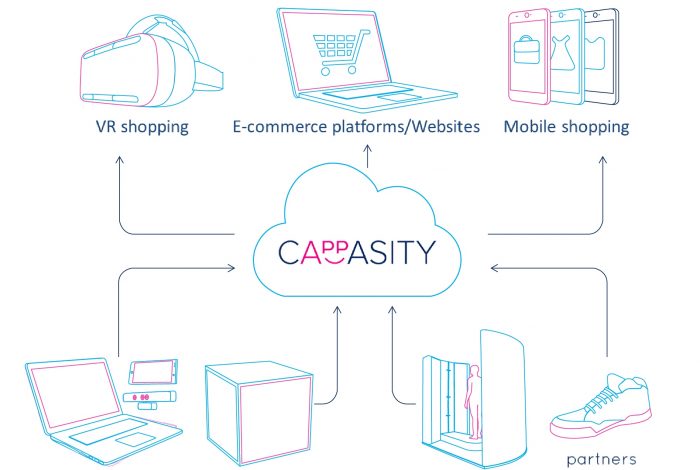E-commerce and Virtual Reality: going mainstream is a matter of time

Like many revolutionary technologies, virtual reality offers endless opportunities for almost every sphere of our life. From real estate to medicine, VR solutions for enterprises aim to transform whole industries, and virtual reality in e-commerce stands the greatest chances of being a hit.
At the dawn of the World Wide Web, people were celebrating the benefits of ordering things from comfort of their homes. E-commerce would suddenly let them shop for a wide variety of goods that retailers could not fit into their brick-and-mortar stores, providing convenient payment and delivery services.
Nowadays the reality of online retail has majorly changed by a new type of shoppers powered by social and mobile technologies to explore, compare and discuss anything they see online. On this highly saturated market it’s the customer who rules the roost, thus refining customer experiences has become a key success factor for companies to win over and retain their loyalty.
So far total e-commerce experience has been only a click-and-buy action. While product pages have seen large improvements in terms of navigation, design and functionality, the concept itself hasn’t changed that much.
With the only information provided about the product being a couple of photos and a text description, customers often get wrong expectations of what they are ordering. This results in increasing the number of product returns, which is reaching up to one third of all online purchases[1], rates especially high for an apparel market.
VR seems to be a perfect fit here. Being able to see and interact with items up close, exploring them from any angle and zooming to see even finest details, customers get richer visual information and engage emotionally. Brick-and-mortar retail market is initially driven by emotions rather than a rational approach, and is what e-commerce has been lacking up till now.
Consumers themselves are also eager to dive into the new realms of immersive shopping. Following Ericsson ConsumerLab survey[2], 64% of respondents said they would be interested in using VR for seeing items in real size and form when shopping online.
While companies from all around the world are presenting different VR technology implementations to boost retailers’ in-store sales, some have already stepped onto the path of recreation of virtual shopping spaces.
However, to push VR shopping into becoming a common practice, both retailers and consumers would need a ground prepared for it.
Accessibility is the key, and while researchers expect VR to be fully adopted in 3-4 years from now on the consumer side, retailers yet lack inexpensive tools that would let them generate 3D models rapidly and in high quality.
Cappasity[3], which initially started as a 3D scanning software company, addresses the issue in a holistic approach. The startup aims to provide a range of solutions from digitizing retailers’ products to their seamless integration into VR/AR or websites.
Once digitized into 3D either by Cappasity or its partner 3D scanning solutions, retailers’ product catalogues can be uploaded to the Cappasity cloud-based platform. It basically solves the problem of storage and further embedding into existing websites and essentially popular e-commerce platforms. Cappasity VR app then brings true-to-live 3D models of products right into customers’ VR headsets.
While VR has some way to go yet, e-commerce has already grown up to the point of inviting new technologies to help it cope with its present problems. With giants like Alibaba starting to open their own VR research labs[4] today, we are inevitably going to see the rise of virtual shopping soon.
